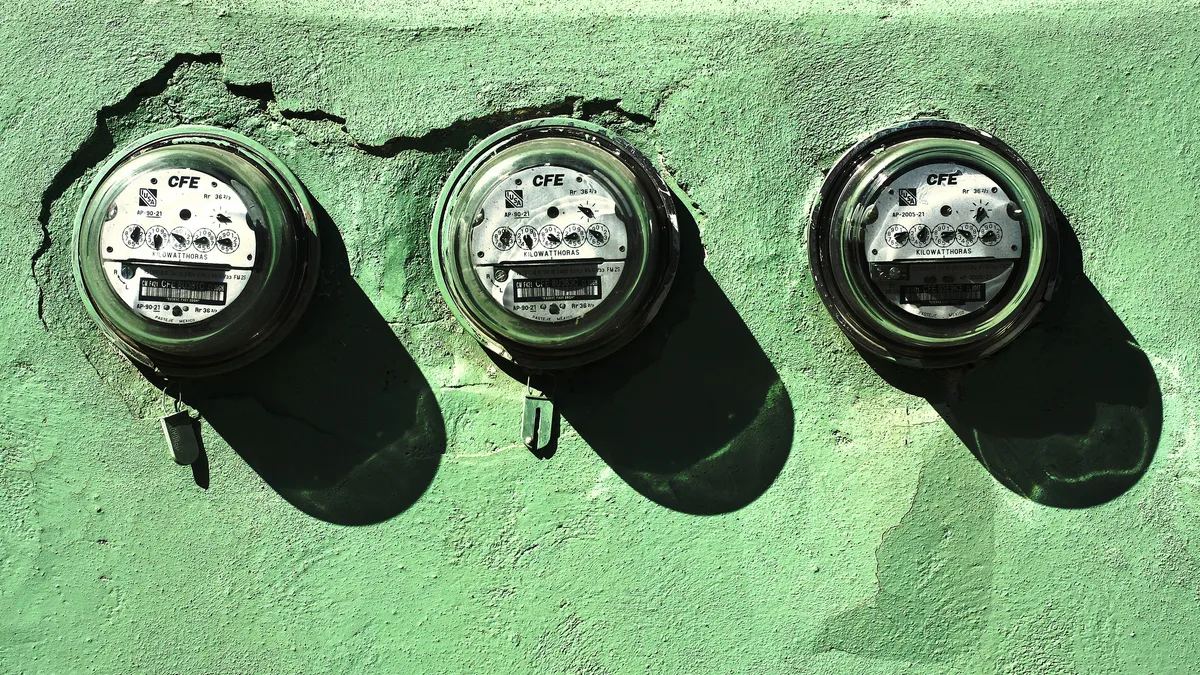Dive Brief:
- New analysis from the American Council for an Energy-Efficient Economy examines the combined capability of demand response and energy efficiency to impact utilities' peak load, illustrating significant potential but leaving in place questions of why more utilities aren't using the resources.
- Utilities in "leading states" using demand response have seen average reductions of 10% to their peak demand, Executive Director Steven Nadel wrote. But he also noted that the vast majority of utilities are not using all the demand response capabilities they have.
- Energy efficiency is also having an impact on peak demand, Nadel wrote. He concluded a 1% reduction in electric sales for a utility reduces peak demand by 0.66%, on average.
Dive Insight:
A utility's ability to reduce its peak load can mean big savings in transmission charges, and while demand response has been the traditional route to address times when consumption is highest, ACEEE shows other efficiency programs are also having an impact.
If past correlations hold true, Nadel said "a utility that reduces retail sales by 15%, the peak demand savings will be around 10%." ACEEE also examined data from utilities with potential demand response savings of 200 MW or more, a category that totaled more than two dozen utilities.
"We found that potential demand response savings ranged from 2% to 27% of the utility’s peak demand, with 10% peak demand savings being the average," Nadel wrote. "Of the 28 utilities, 59% reported potential peak demand savings of 10% or more."
But many utilities aren't seeing anywhere near those benefits.
Actual demand response savings ranged from zero to almost a quarter of peak demand, but on average it was just 4%. Only two utilities reported utilizing all of their potential demand response, while eight reported zero actual savings "or did not provide actual savings data. Of the 25 utilities providing actual savings data, 10 used at least half of their available potential reductions."
"Utilities that are long on capacity are probably less likely to call much of their available demand response resource," Nadel concluded.
Gulf Power, for example, has demand response capable of reducing peak load almost 15%, and showed real savings of the same amount. Duke Energy Florida has demand response capable of lowering peak demand about 10%, but showed no savings, according to ACEEE's analysis.
A 2015 report from Advanced Energy Economy revealed that 10% of the country's electric system is built to meet demand in just 1% of a year's hours. The group's research, conducted by Navigant, showed in Illinois and Massachusetts that every dollar spent on reducing peak demand saved consumers between $2 and $3.














